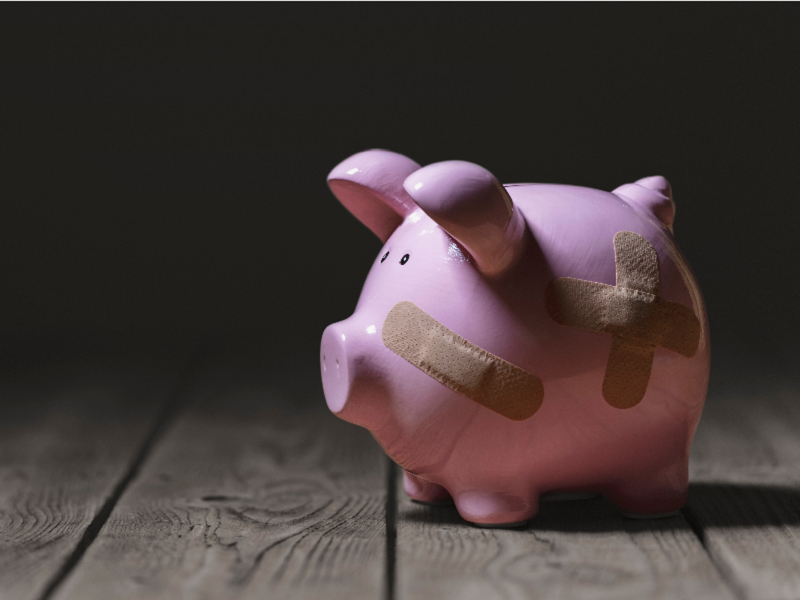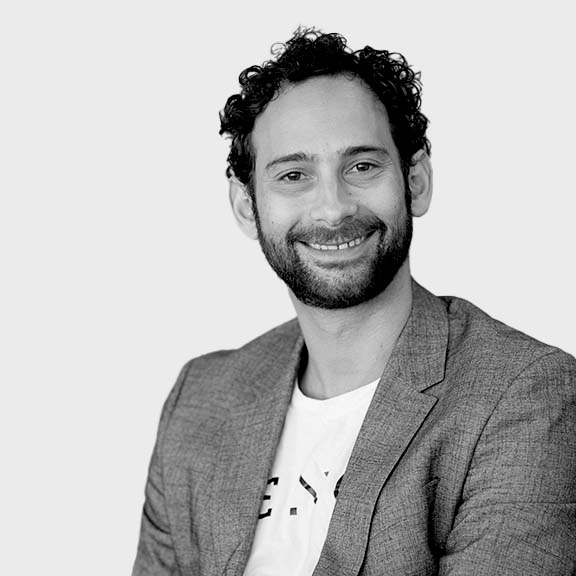It’s no secret that there are some challenging economic times ahead. The effect of COVID on the financial markets, employment, and general strain on businesses is already being felt and has the potential to last for some time yet. While challenging, it’s not completely unknown territory. In the past we’ve experienced a number of economic downturns – the most recent being the 2008 Great recession, but going back through history there has also been the energy crisis of the 70s and 80s, or going further into history, the great Depression in the 30s.
It’s often the case that when businesses begin to see a drop in revenue, they look inward at where they are spending and try to streamline their expenses. It’s not uncommon to see staff counts dwindle, offices downsized, or product roadmaps and future investment pulled back.
But perhaps the ‘easiest’ cost that many businesses slash is the one that can most help to mitigate the damage, marketing and advertising budgets. As long as you know how.
The decision to slash advertising can’t be begrudged. On face value, there’s a method to it. The past has shown that consumers keep their wallets in their pockets and businesses therefore deprioritise advertising.
But is it the right decision?
Throughout the business decision making process, it’s easy to look past the advertising opportunity that presents itself:
- Your competitors are likely to cut back on spending, creating a less cluttered market and the opportunity for greater exposure
- You’ll stand out and receive greater consumer attention
- More advertising space will become available leading to an opportunity to cut deals that benefit your brand
- You can project stability and growth while your competitors weather the storm
Step back in time and take a look at some of the examples and brands that seized such an opportunity ended up dominating the market:
- In the 1920s, Post was the category leader for dry cereals. During the Great Depression, Post cut ad spend down significantly while Kellogg’s doubled down. Kellogg’s became the category leader with 30% profit growth. It has maintained high market share since.
- The recession of 1973-1975 was triggered by the energy crisis mainly due to petrol shortage. U.S government issued the first miles-per-gallon report in which Toyota Corolla was second to Honda Civic. Toyota resisted cutting ad spend as opposed to other car brands including Honda and became the top imported car maker by 1976.
- Here in Australia, there have also been a number of leading companies that have launched in a recession – JB HIFI (1974), Billabong (1973), Harvey Norman and Priceline (1982)
In short, brands that held back their advertising spends saw little to no market share gains while brands that continued with their marketing strategies benefitted.
We live in a different world now and with that in mind there are unknowns, but a lot to gain if marketing dollars are used well. We consume media much differently than we did back then – we are much more connected digitally, data is more readily available for targeted advertising, and media is much more trackable and accountable than ever before.
The natural advice is to follow the consumers and take advantage of the technology and data available to us to run digital campaigns. They offer great targeting to minimise budget wastage on people unlikely to engage with your brand, flexibility to flick campaigns on and off or switch creative copy, and offer the ability to test, learn, and measure success.
Put your brand building budget behind targeted prospecting
Only data-driven digital advertising provides this opportunity. Consumers are much more likely to spend time consuming media at home. Their general internet and connected TV usage will increase as they minimise spending. By running broadcast video on demand, online video and digital out of home campaigns programmatically you’ll be able to take advantage of the tech and data to build brand and run targeted prospecting campaigns before converting those prospects.
Convert and retain the customers you already have
The simplest way to drive more top-line revenue is to convert the customers in your sales funnel, and retain the ones you already have. Focus on search, social, and programmatic for audience segmentation that targets current customers with upsell or cross-sell promotions, re-engage customers that have interacted with your website and really take advantage of your first party data to minimise recession damage.
While the recession will impact all businesses in a number of different ways, there’s a high chance you’ll weather the storm and recover by remaining in the market with targeted digital strategies. On average, recessions last about 10 months while periods of economic growth last 3 years so there is a lot to gain if approached in the right way. Get in touch if you’d like to have a deeper discussion about what this can mean for your business and how we can help to grow your brand.
Footnotes:
McGraw-Hill Research. Laboratory of Advertising Performance Report 5262, New York: McGraw-Hill, 1986.
Greenburg, Eric Rolfe. “Fortune Follows the Brave,” Management Review, January 1993




